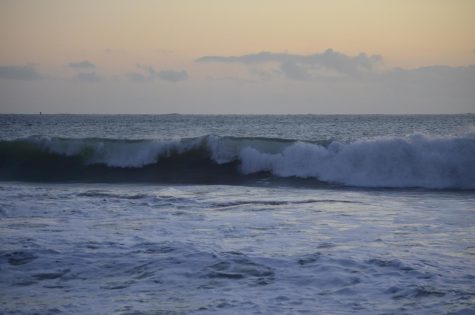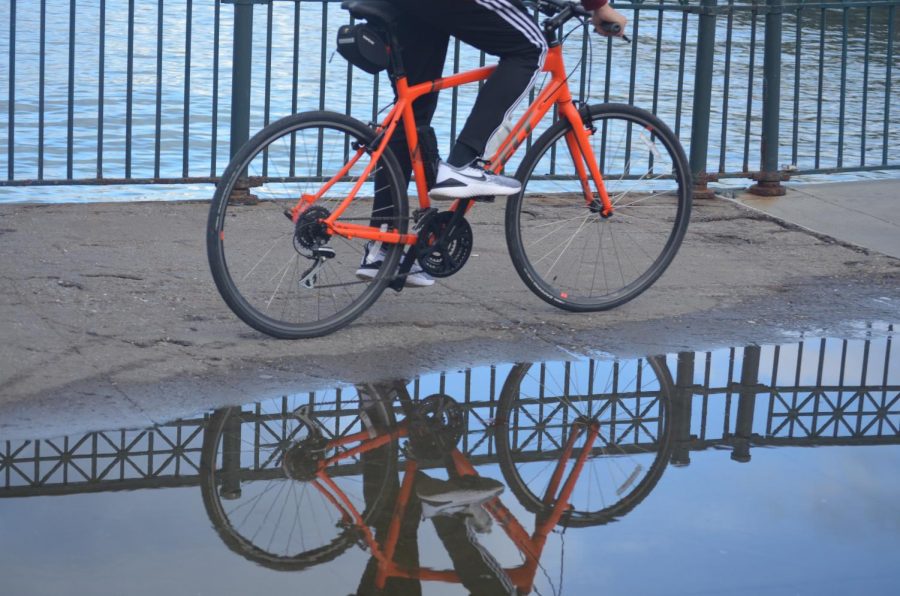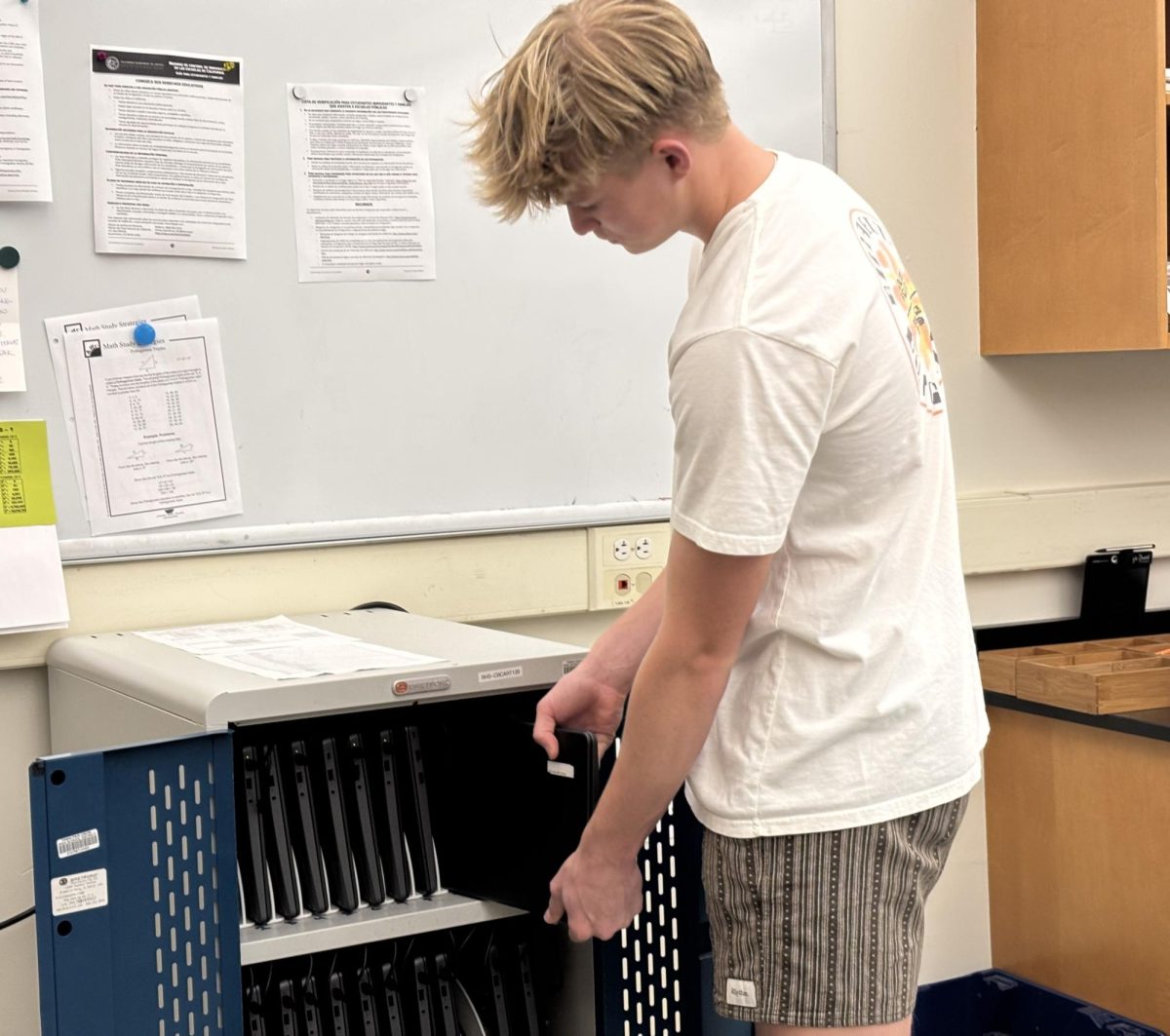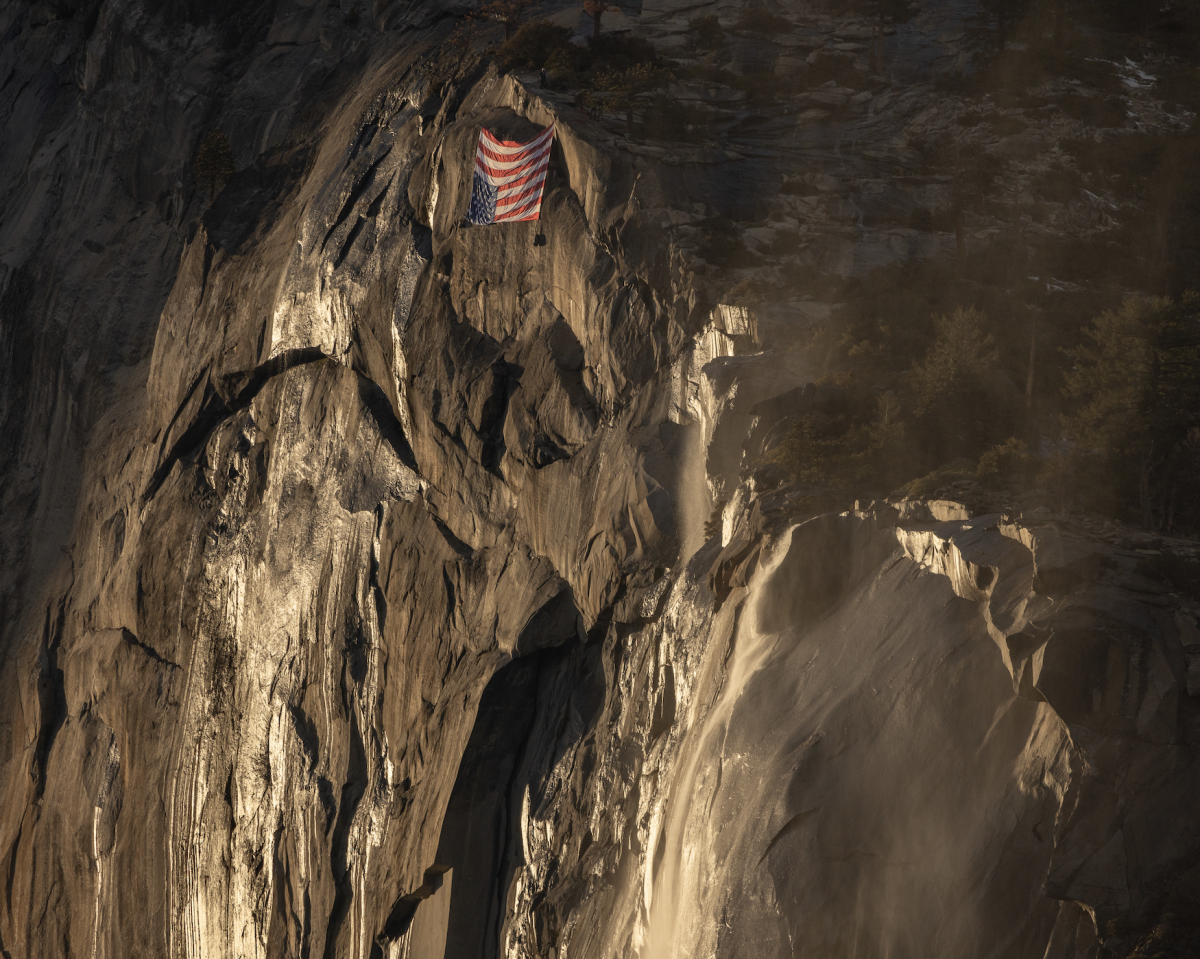Every winter, the moon comes closer to the earth and generates a larger pull on oceanic tides, causing irregular waves. This phenomenon creates staggeringly large ‘king tides,’ whose waves flood city sidewalks and streets, interfering with daily life.
These abnormal tides can be attributed to the moon’s elliptical orbit, resulting in extreme tidal lows and highs during the winter months, specifically when the moon is closest to Earth in its orbit.
During these tidal anomalies, coastal communities in Marin County, such as Belvedere, are some of the most affected by flooding due to sea level rise. Belvedere’s town council has assumed the responsibility of facing this threat in preparation for upcoming years. Belvedere’s vice mayor, James Campbell, is one of the individuals in charge of planning. Campbell has lived by the water for years and has begun to realize the flooding consequences that come with a desirable location.
“Living in a city that’s completely surrounded [by water]—it’s an island, basically—I look at the king tides as a kind of glimpse or window into the future, and that’s what sea level rise is going to be like for us. That’s going to be our normal high tide by 2030,” Campbell said.

In an effort to quell this issue, Belvedere’s council has recently begun major infrastructure improvements using its grant from the State Department of Water. The council’s course of action includes building a seawall, and they are currently partnered with an architect and an engineering company in order to create a sustainable town and build a barrier against the tide. As rising sea levels continue to be a threat throughout the next decade, seawalls and other barrier methods are seen as necessary investments for the future of Belvedere, according to James Campbell.
In addition to aquatic threats within residential areas, urban developments on the water are also affected, such as San Francisco’s Financial District. Peter Roopnarine, Curator of Geology at the California Academy of Sciences, studies how to apply the understanding of Earth’s past ecosystems when looking to the future. According to the California Ocean Protection Council, water is likely to rise another foot by 2050 along the San Francisco Bay shoreline, a rate that will continue to increase as time progresses. With sea levels rising, Roopnarine predicts more water intrusion in urban areas.

“The normal impact [of flooding in urban areas] can be a disruption of normal services and transportation, the occasional road might be flooded. Low lying, structures can have water intrusion. And this is something we can expect to become more severe over the next century because of sea level rise,” Roopnarine said.
Not only do the king tides disrupt daily life, but they also interfere with the surfing culture of the San Francisco Bay Area. King tides make the currents stronger, leading to more hazardous conditions. Redwood senior Cassidy Fragakis is an avid surfer of eight years and surfs at many of the affected regions, and she has noticed increasingly worse conditions.
“The king tides, when they’re really high, it really just makes the waves all super mushy and really hard to surf. There might be waves, but it won’t be surfable,” Fragakis said.
Restrictions on some aquatic recreational activities as well as more rules about where houses can be built is becoming a reality in the foreseeable future, even with more advanced methods of prevention.
“Our sea level rise is affected by where the high-pressure zones are, and we’ve been under a high pressure zone for a really long time. Once that [high pressure zone] moves, our sea level rise will be much quicker,” Campbell said. “The melting glaciers [and other factors show] that it’s very complicated. I think there’s a lot more factors than people realize that are contributing to sea level rise.”








